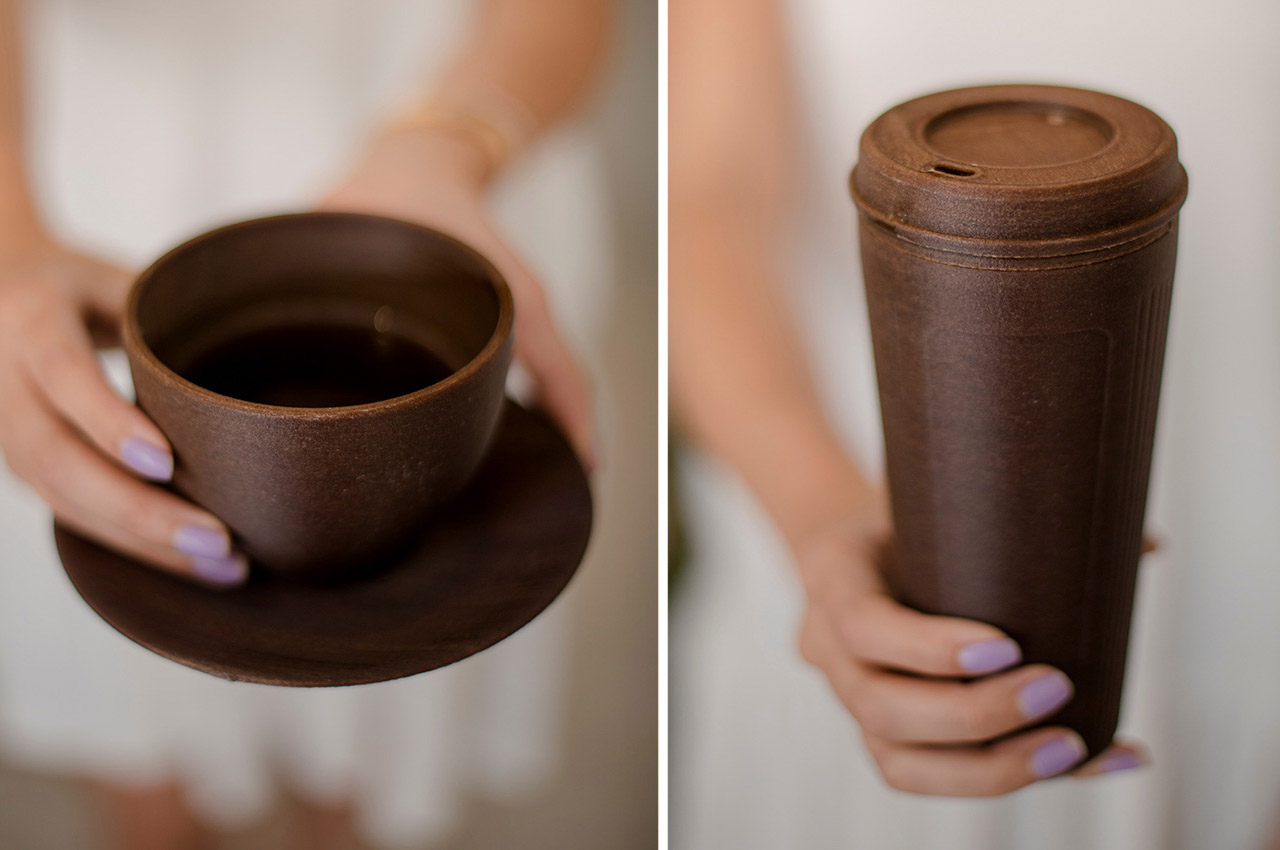
Our unhealthy practices and way of living are truly harmful to the environment and have been slowly leading to its deterioration. And the world has been changing (for the worse) because of this. Hence, it is extremely important to live sustainably and consciously and to take care of the environment. Integrating sustainability into our day-to-day lives has become crucial. And we can do this in various ways. Designers and creators are coming up with sustainable alternatives for almost everything. Every product that is necessary and utilized by us in our everyday routine has an eco-friendly alternative to it. Replacing our usual mass-produced designs with these greener options will make a huge difference to the environment and Mother Earth. From soap packaging made using artichoke waste to a sustainable shelf that requires no screws to assemble – we’ve curated a whole collection of sustainable product designs to help you go green!
1. The Kreis Cup
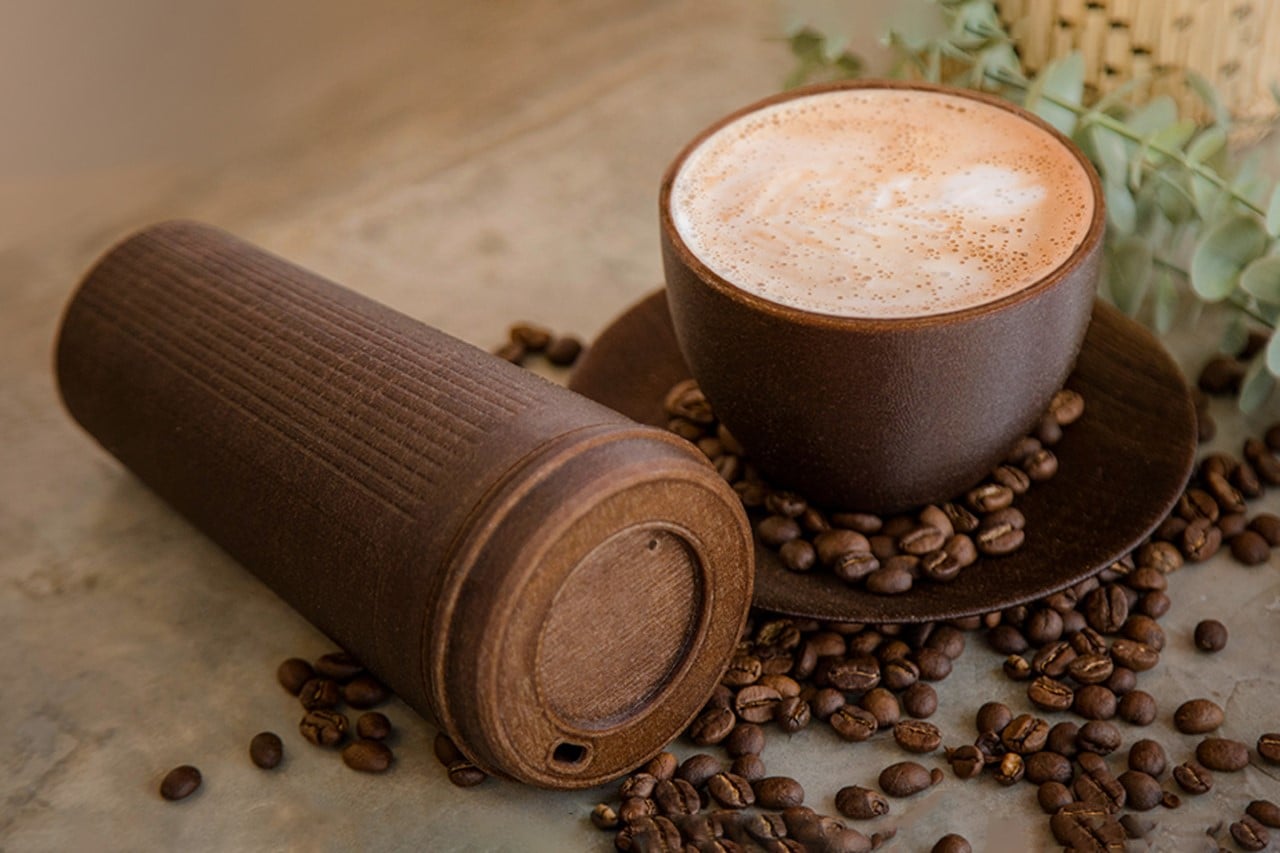
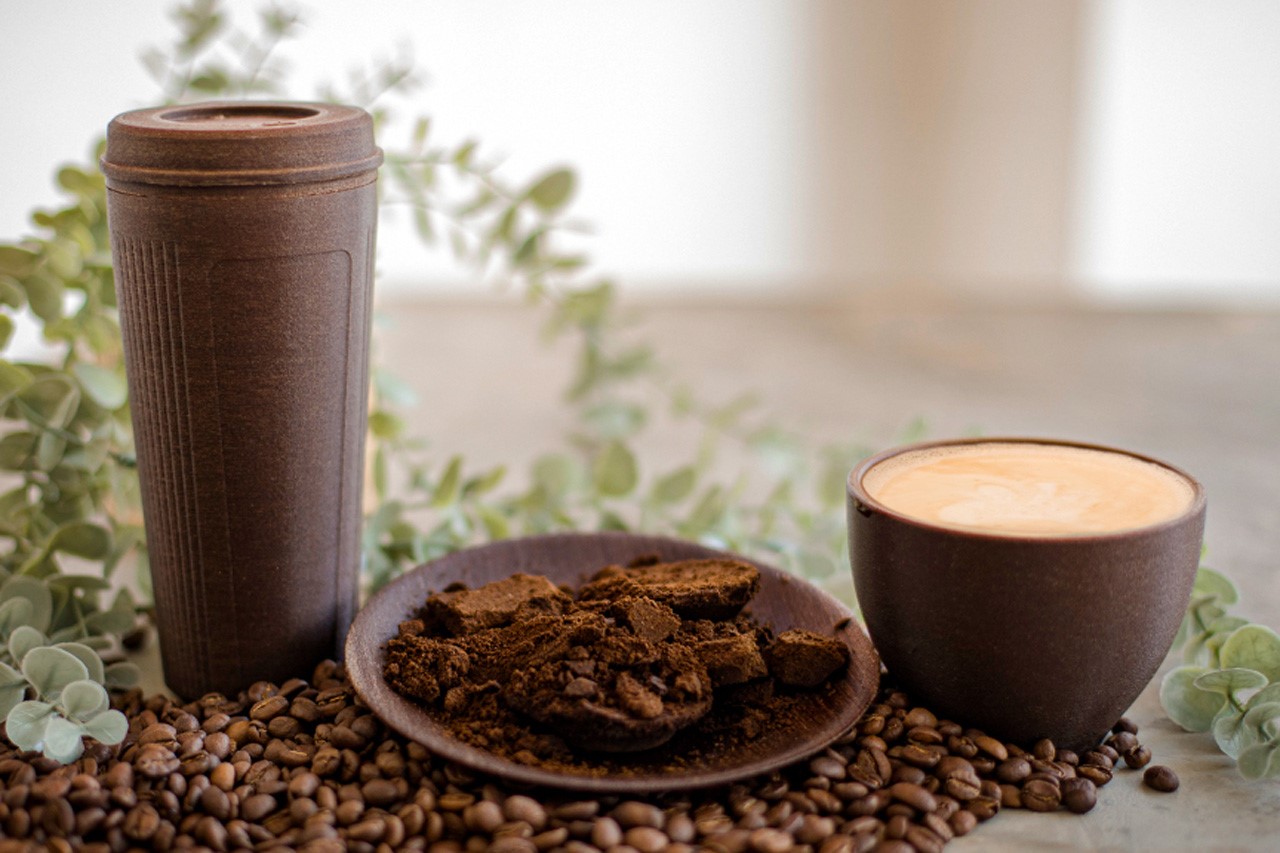
Meet the Kreis Cup, a coffee cup that’s sustainable, durable, and designed to enhance your coffee-drinking experience! Available in a cup and travel-mug styles, the Kreis Cup is a reusable cup made from used coffee grounds and plant-based materials, free of petroleum-based plastics.
Why is it noteworthy?
It is heat resistant and designed to keep your coffee hot longer. That being said, the Kreis Cup is still ultimately biodegradable, unlike the plastic-based to-go mugs you get at your local cafe or the breakable ceramic mugs you use at home. Once it reaches the end of its lifespan, the Kreis Cup disintegrates easily into the soil, leaving absolutely nothing behind.
What we like
- Made from spent coffee grounds that have been dried, treated, and then suspended in a natural, plant-based polymer
- Has the faint, unmistakable scent of coffee
What we dislike
- No complaints!
2. The Plastic Translation Stool
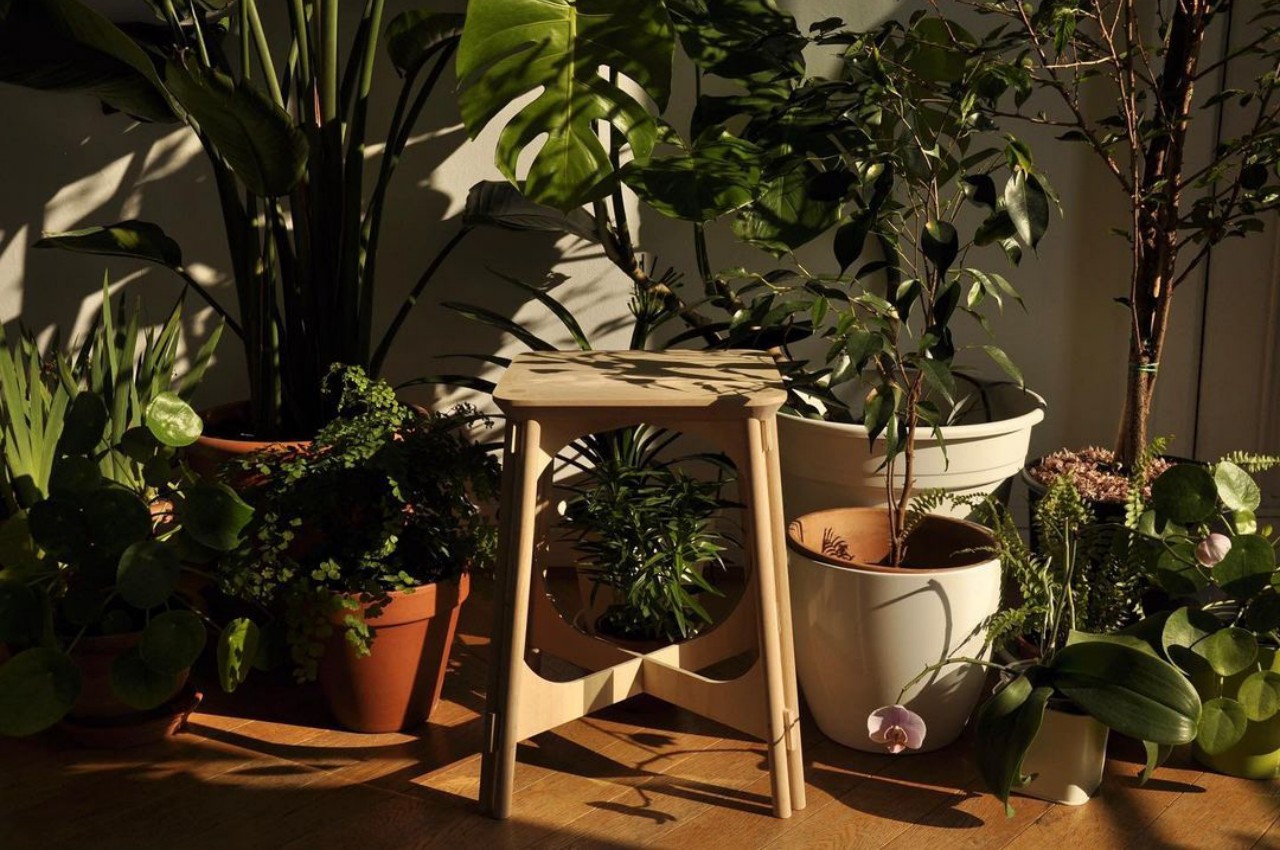
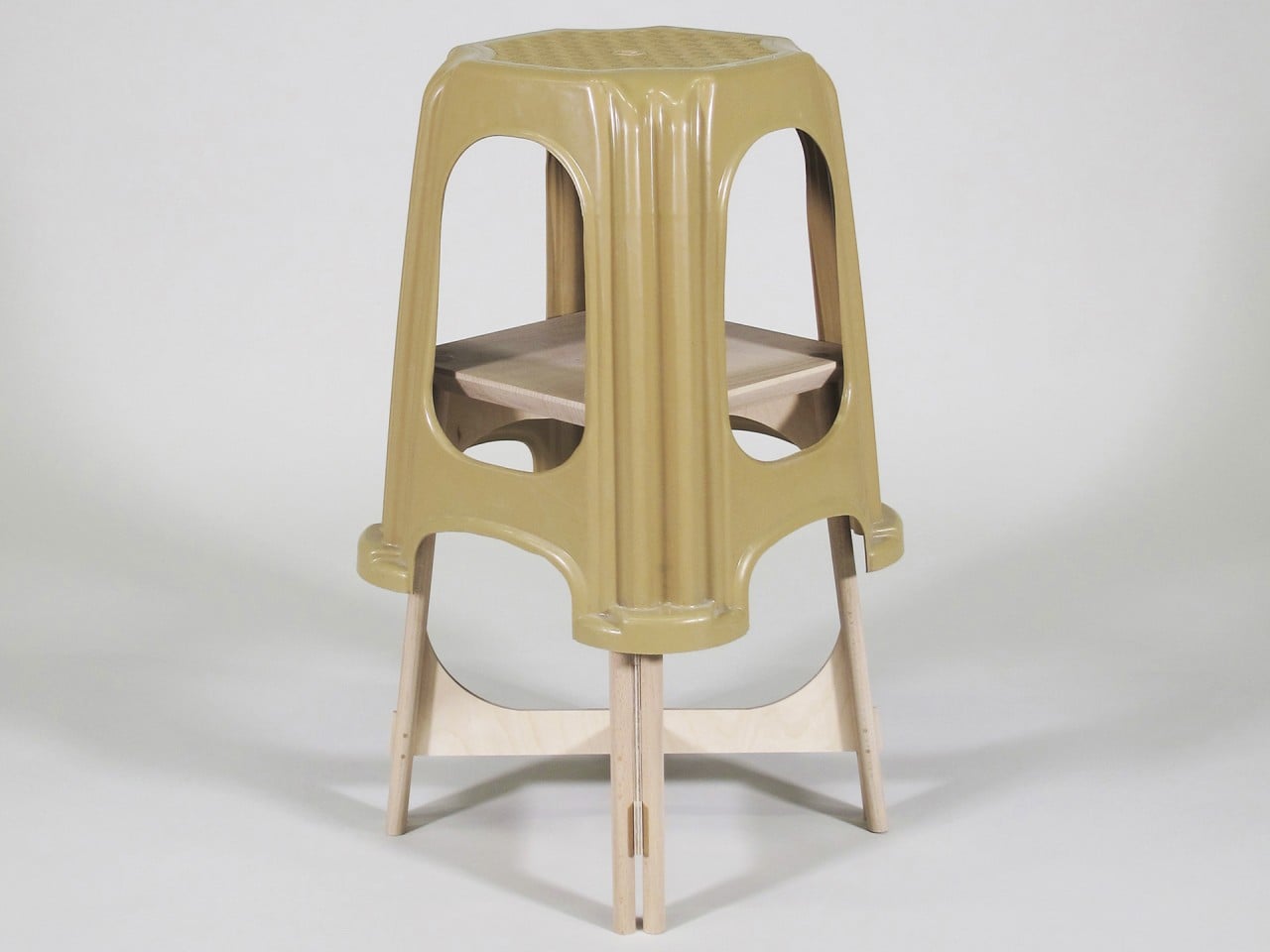
The Plastic Translation Stool design tries to reinterpret the lines of the plastic stool instead, resulting in a form that is somewhat similar yet also unique, giving the wooden stool its own character.
Why is it noteworthy?
Those legs alone, however, won’t be enough to offer the same stability as the plastic counterpart, so an additional element had to be added. Birch plywood buttresses distribute some of the force evenly across the beechwood legs, which, in turn, hold the buttresses together. These interlocking parts provide not only architectural stability but also visual accents to what would otherwise be a plain-looking stool.
What we like
- Doesn’t require screws or nails to be assembled
- A more sustainable option to the plastic stool
What we dislike
- No complaints!
3. Svolta
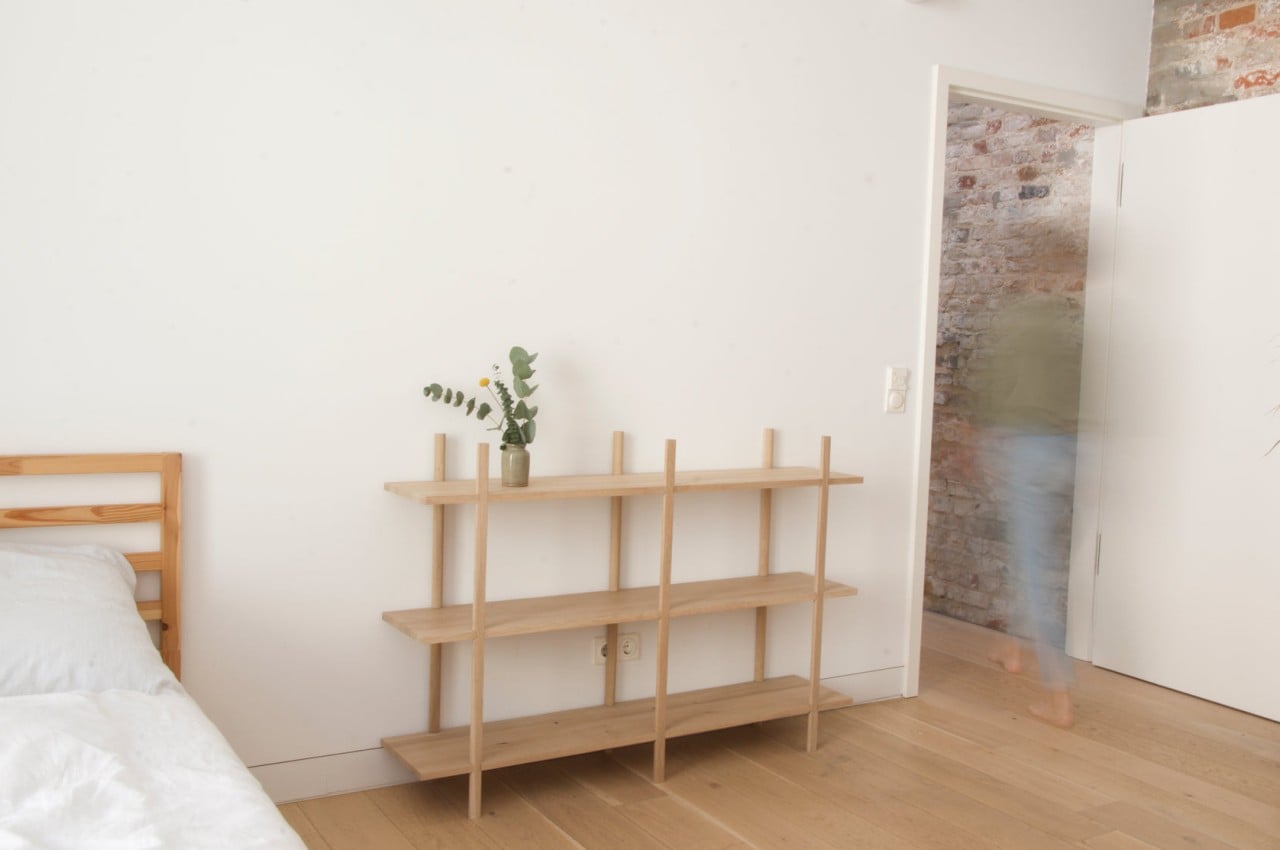
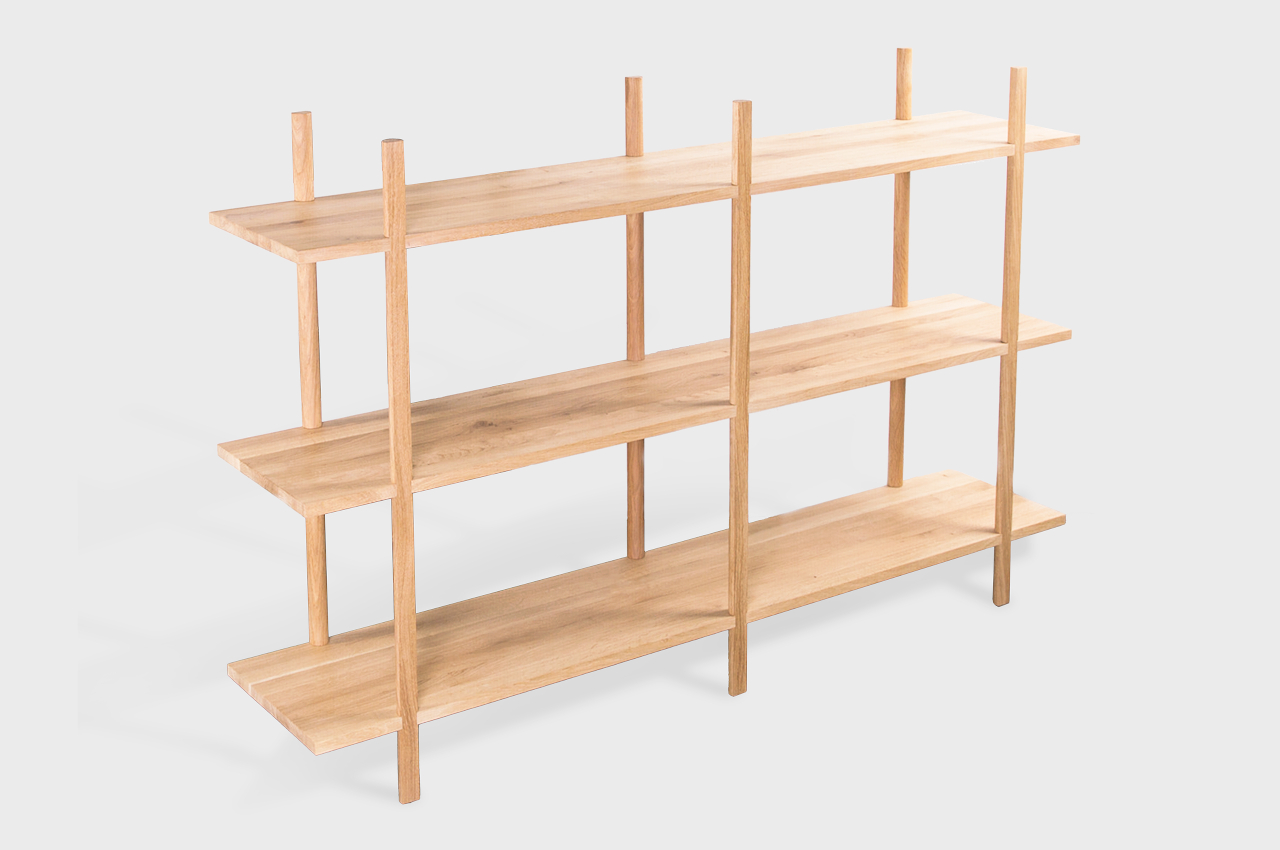
This wooden shelf is so simple through and through to the point that you might even wonder how it is able to hold its parts together. Fortunately, it does work as advertised, creating a flat-packed piece of furniture that is sustainable at every point, from its creation to its transportation and even to its assembly.
Why is it noteworthy?
Inspired by the simplicity of alpine joinery and architecture, this wooden shelf throws out all those conventions to arrive at a connection system that is genius in its simplicity. There are no extra parts or materials that join the shelves and the legs together other than the shelves and legs themselves
What we like
- Uses pieces of wood that have special cutouts that fit into each other tightly
- Can supposedly be assembled by a single person in just two minutes
What we dislike
- There isn’t any kind of adhesive to give you confidence that the shelf won’t just fall apart once you put something heavy
4. Airy


The award-winning prototype Airy is a lightweight, comfortable, fashionable, and even sustainable kind of brace to correct the lateral curvature of the spine.
Why is it noteworthy?
The designer actually created this after talking with a group of adolescent girls, which is the demographic most affected by scoliosis. She tried to solve the pain points of the current back braces available in the market and came up with something that is not just comfortable but adjusts to the still-growing bodies of its users.
What we like
- The prototype is made from translucent polylactic acid (PLA) and its padding has a Voronoi pattern not just for aesthetics but to let the brace breathe
What we dislike
- No complaints!
5. Packioli


A Turkish designer was able to come up with soap packaging called ‘Packioli‘ that is both hygienic and non-plastic and therefore more eco-friendly. One thing missing from most similar products is convenience and she was able to add it to this as well.
Why is it noteworthy?
She used artichoke leaves and combined them with peapod bioplastics in order to create packaging that commercial soap brands can actually use if they really wanted to be more eco-conscious in creating their products.
What we like
- The packaging itself can last for a week if it gets wet and afterward, it starts disintegrating in the water
What we dislike
- People may find the look of the packaging a bit eccentric and odd
6. Kudarat
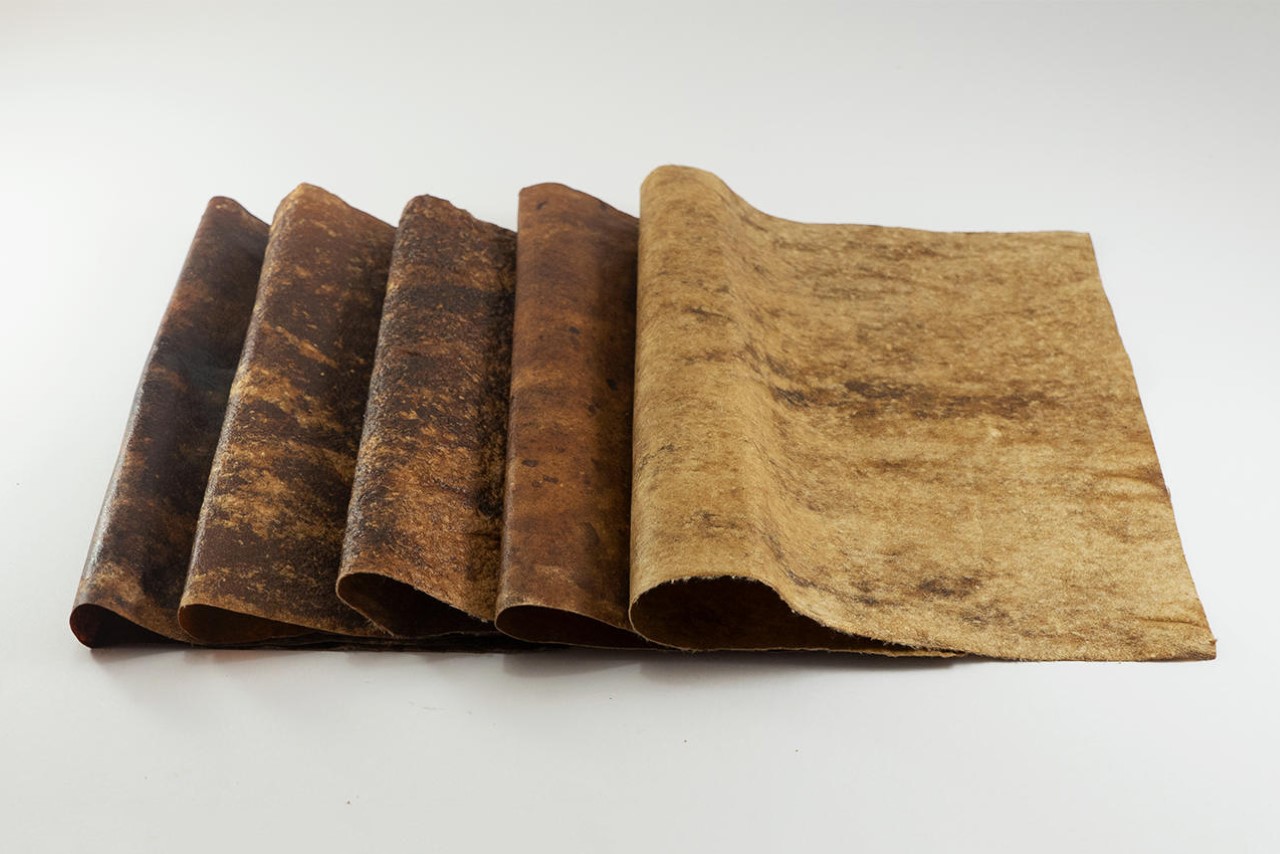
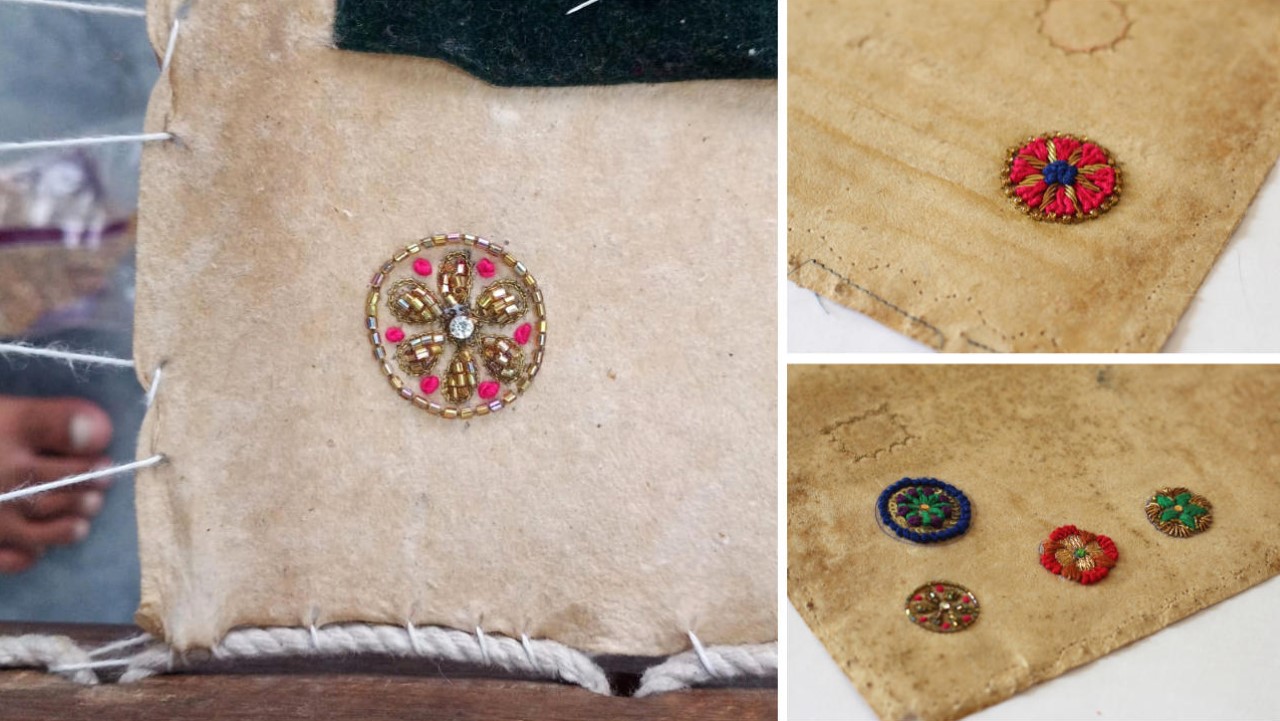
Meet Kudarat, a leather alternative synthesized using algae, food & fiber waste. Created by Divya Verma of the National Institute of Design in India, Kudarat bases itself on the concepts of circularity & sustainability, targeting SDGs (sustainable development goals).
Why is it noteworthy?
Kudarat leather resembles animal leather but is cruelty-free, waterproof, compostable, antimicrobial, and possesses good tensile strength, making it perfect for practical applications. It secured the National Runner-Up position at this year’s James Dyson Awards, narrowly being beaten by a design for a reusable EpiPen.
What we like
- They’re dyed using natural colors derived from food and flower waste
- The leather looks, feels and lasts as long as traditional animal-hide
What we dislike
- No complaints!
7. The GoLo Electric Cargo Bike
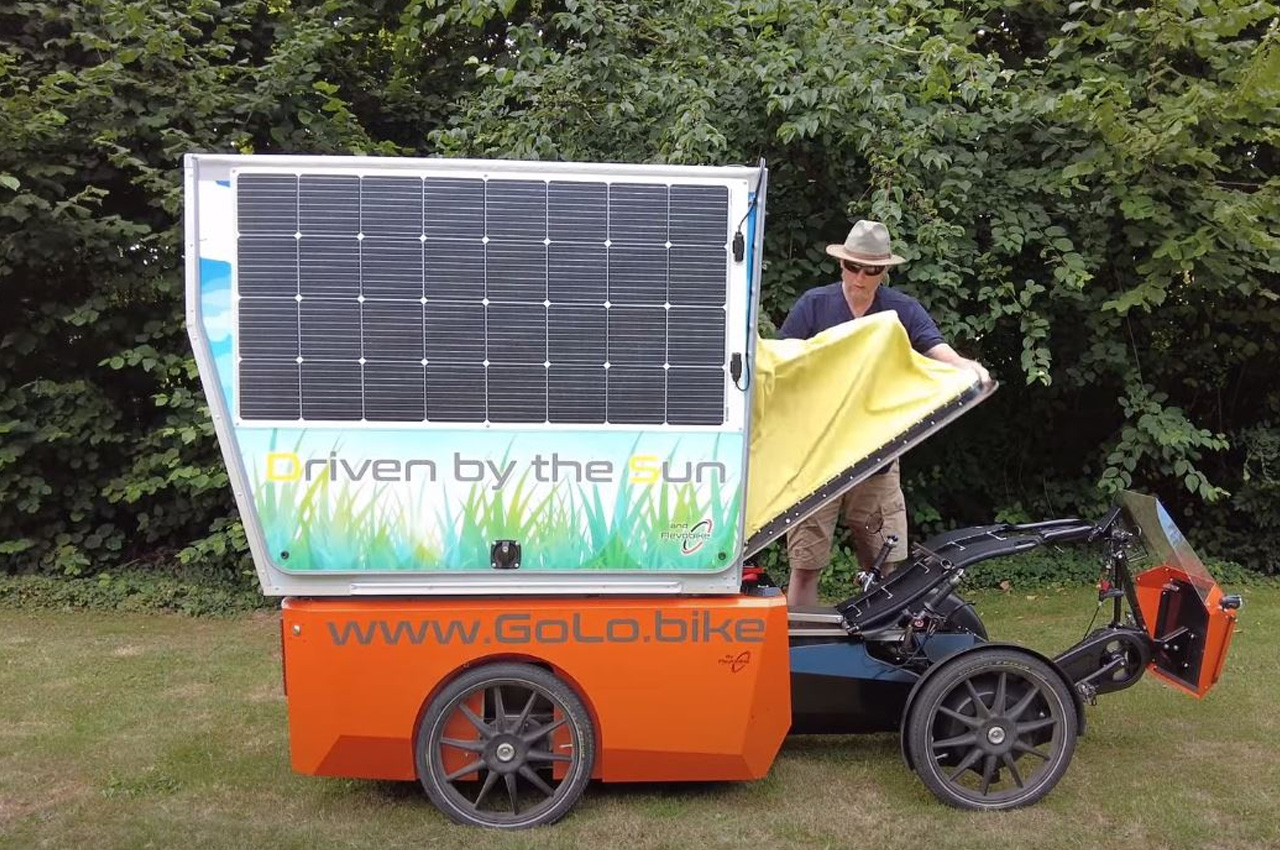

The GoLo electric cargo bike has been retrofitted by Flevobike Technology with a fold-out camping module. It renders a single-seat mobility solution with a place to hop into at the end of the journey for a relaxed time. Dubbed “the best camper in the world,” the GoCamp is a bike camper with a removable top for overnight halts that offers (quite literally) the comfort of home for one person.
Why is it noteworthy?
The cargo bike GoLo is essentially a viable ride, combining comfort with functionality and convenience, therefore a convenient canvas set up on the cargo bed offers independence to the traveling cyclist when they want to relax and unwind. The pop-up module extends to make enough space for a couple to sit. It is slightly cramped for two to sleep in there.
What we like
- The GoCamp is pre-installed with a 400-W solar panel system
- The bike camper runs on a 250W electric motor promising 50 km mileage
What we dislike
- No complaints!
8. The Third Size


The Third Size is a product concept that utilizes rice straw to create not just the tissue but the boxes they come in as well. As anyone who has lived without a bidet or who suffers from various allergies and sicknesses, tissue paper is among the most used materials. In reality, just a small part of it is used and the rest is discarded. Re-using it comes with so many hygiene and medical issues. Some of them come in disposable boxes so the container is also part of the waste.
Why is it noteworthy?
Using biodegradable and recyclable materials like rice straw can help in limiting wastage. Third Size is a multi-size carton that can hold replaceable tissue packs. The different-sized holes let you choose which size tissue you’ll be needing, whether to blow your nose, wipe off a table, or do your business in the bathroom. The box is sturdy enough to be re-used several times over and can even be used as a container for other stuff if you have no need for tissue paper.
What we like
- Helps in limit wastage
- The box is sturdy enough to be re-used several times over
What we dislike
- No complaints!
9. The Adidas RPT-02 SOL
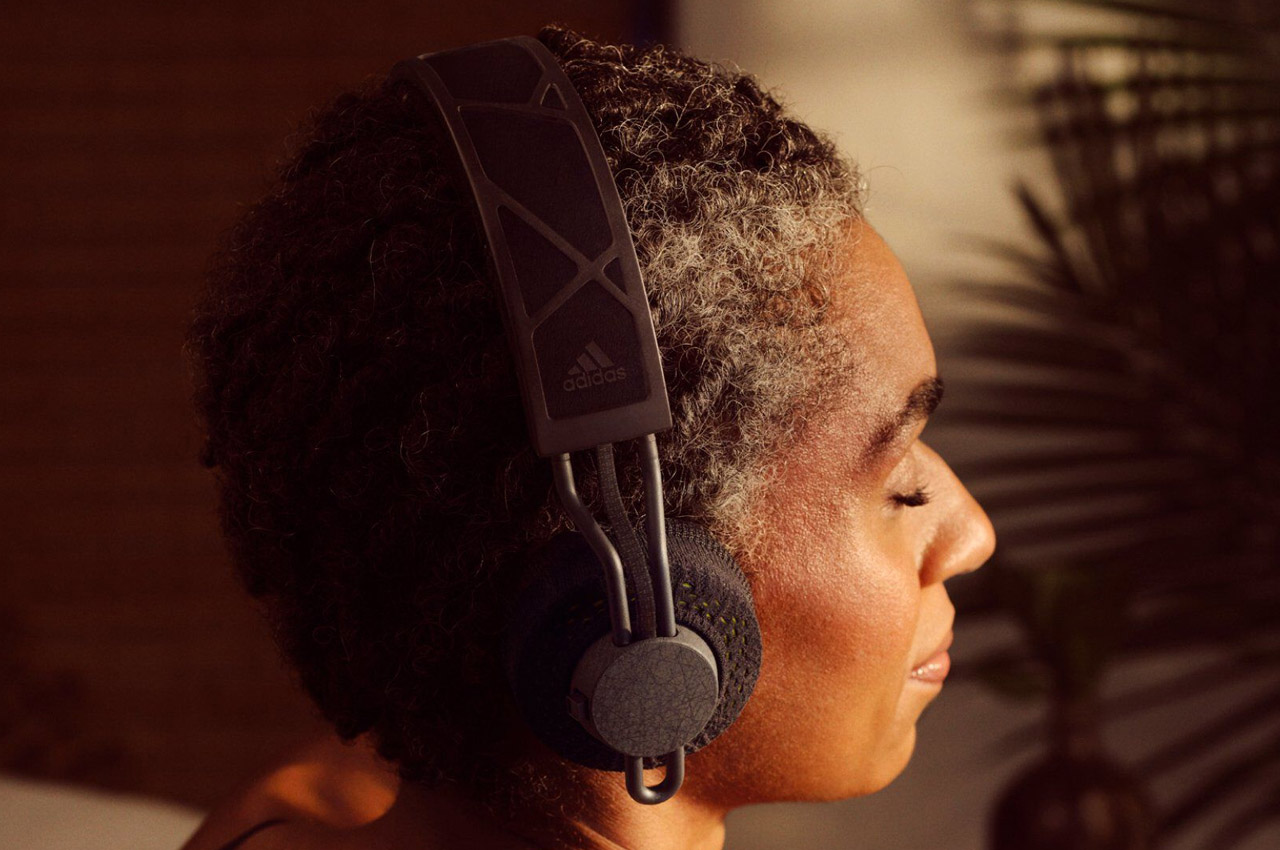
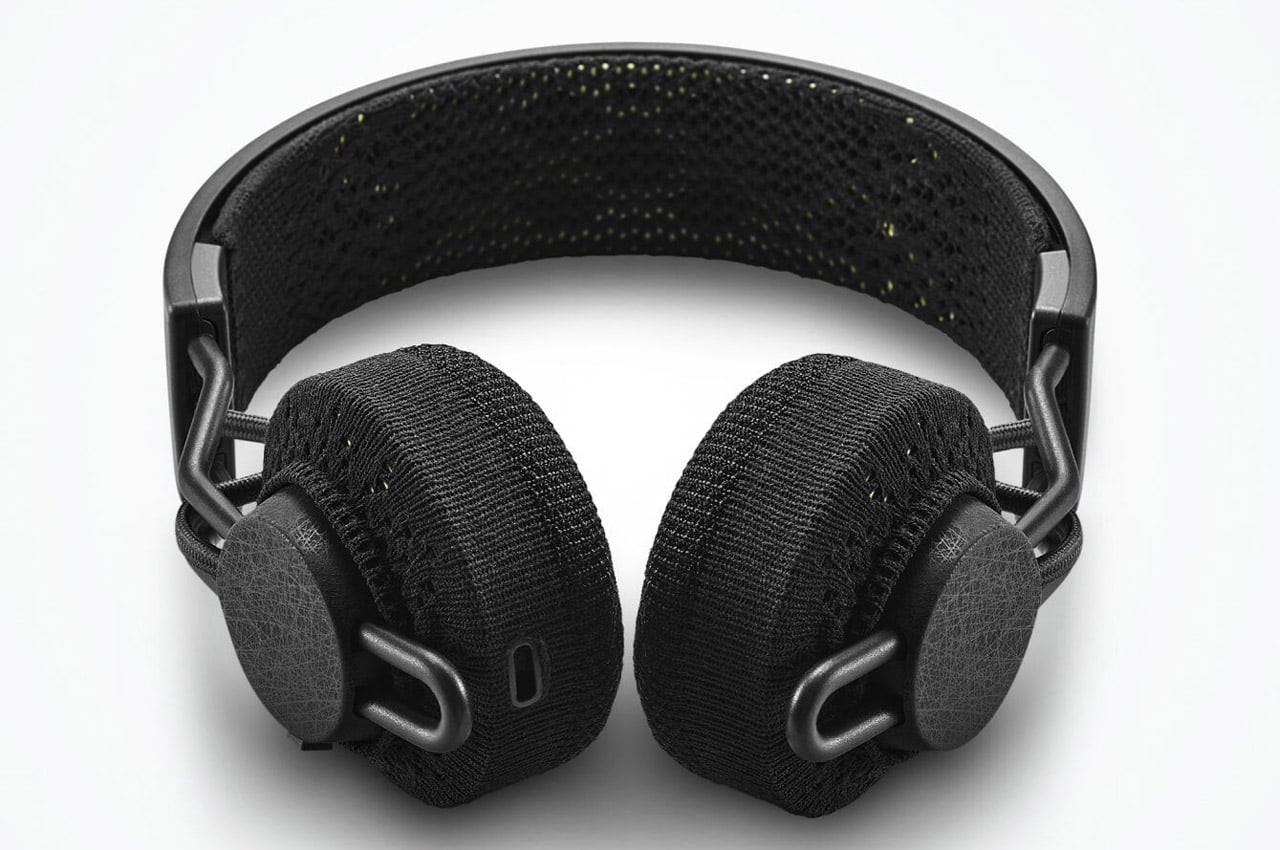
Dubbed the Adidas RPT-02 SOL, these pair of over-the-ear cans juice up with natural light or even artificial light. So, they’ll not need to recharge any time soon. These headphones are a follow-up to the RPT-01(not solar-powered) and promise almost double the playback time at around 80 hours. Not to forget that the RPT-02 SOL are solar powered, and the battery keeps topping up as long as you are exposed to good lighting conditions.
Why is it noteworthy?
Another merit of these IPX4-rated headphones is their build – crafted out of recycled plastic and nylon. Now coming to the solar charging capabilities Adidas has left nothing to chance. They’ve used a highly flexible light-cell material by Powerfoyle (a Swedish solar tech company) that brings to the fore superior energy capture and charging capabilities even in artificial light.
What we like
- Just in case you have been in the dark trenches and the battery depletes, it can be charged via a USB-C port
What we dislike
- No complaints!
10. Remix Maison


Remix Maison is a collaboration between designer Irina Flore and Native Shoes using the latter’s material called Native Shoes Remix. This proprietary material is made from repurposed footwear, specifically using EVA (Ethylene Vinyl Acetate) and rubber.
Why is it noteworthy?
The shoes that are no longer in use are cleaned and then ground into a new kind of material and then used for other purposes. The sculptural structures also use metal for their frame. For this particular collection, they have created a piece of furniture that also looks like a piece of art.
What we like
- Created from repurposed materials
- Sturdy and ergonomic
What we dislike
- No complaints!
The post These sleek, sustainable designs function as the ultimate household products first appeared on Yanko Design.

No comments:
Post a Comment